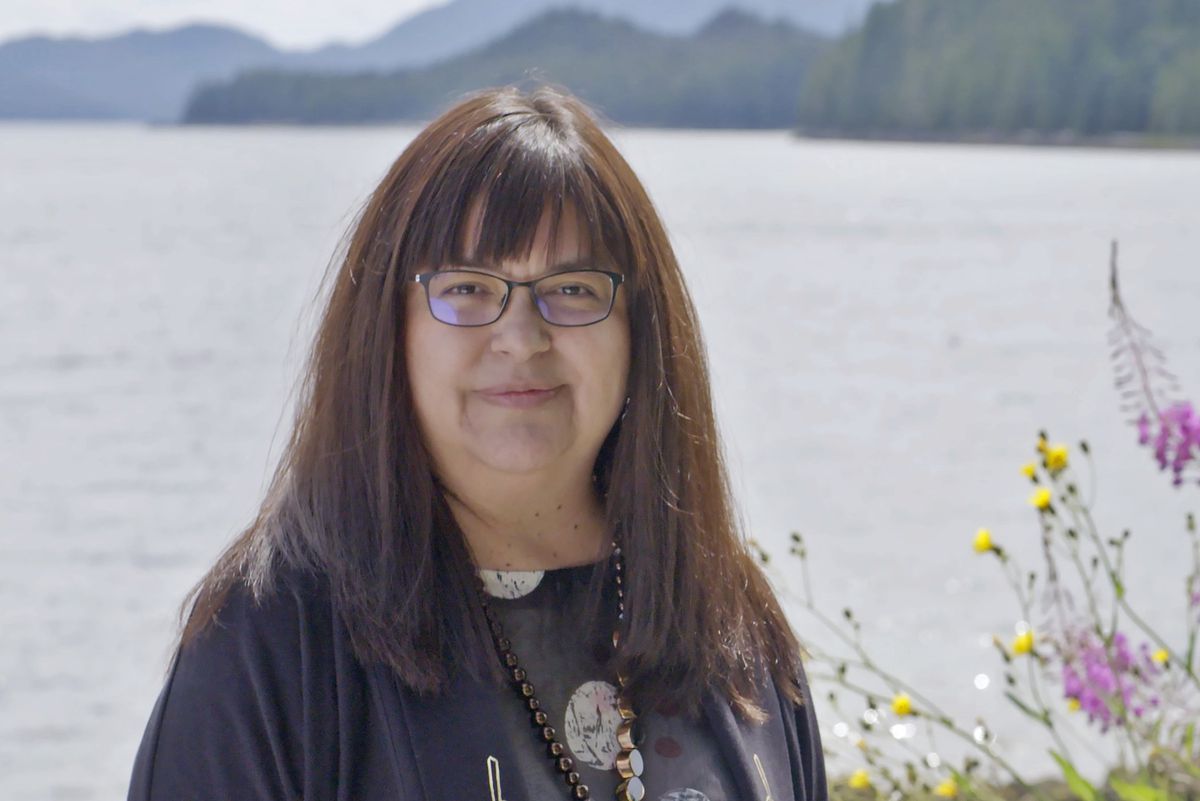The Gitxsan Nation, whose hereditary leaders are aligned with their Wet’suwet’en neighbours in opposition to the Coastal GasLink pipeline, spent years embroiled in an internal dispute over who speaks for the community: their hereditary chiefs or elected council.
That conflict is mirrored in the dispute over the gas pipeline in northeastern British Columbia, which remains a blurry road map for engagement with Indigenous peoples whose rights and title to unceded territories remain largely unresolved.
In a conference call among Canada’s provincial leaders last week, B.C. Premier John Horgan sought to explain to his counterparts the complex and unique issues that have led to national protests in support of the Wet’suwet’en hereditary leaders, who oppose the construction of a gas pipeline that their community’s elected chiefs have endorsed.
“Other premiers needed to be brought up to speed on what’s the problem here, and I well imagine many British Columbians feel the same way,” Mr. Horgan told reporters on Thursday. “They don’t understand how elected band councils could have said yes and other, hereditary leaders have said no.”
When Canada established hundreds of Indian Act reserves across the province of B.C., it sought to replace traditional political structures of existing tribes with a series of small, elected governments with limited powers. What that disruption left behind is a complex patchwork of governance, in a province that has signed only a handful of treaties.
In the case of the Gitxsan Nation, that lack of clarity led to years of divisions.
In 2012, police were called to end an occupation of the offices of the hereditary leadership, while the courts spent countless hours hearing arguments between elected chiefs and those that claim their authority through an ancient system of government.
Two years later, B.C. Supreme Court Justice Mark McEwan turned the matter back to the Gitxsan people. It is not for the courts, he wrote, to resolve “factional disputes” within the community.
“Any worthy form of government will have its dissenters. The hard job of winning over hearts and minds to a minority point of view cannot, in this context, be turned over to the Canada (or British Columbia) government or the courts, without undermining the fundamental premises of self-government.”
Gordon Sebastian, who also takes the name Simogyat Luutkudziiwus, is executive director of the Gitxsan Huwilp Government, representing the hereditary leadership. That leadership has spent more than a decade asking B.C. and Canada to recognize their proposal for a made-in-Gitxsan governance model. Today, in the absence of an agreement, he says 48 hereditary chiefs each govern the lands and waters in their territory – one that collectively spans the vast Skeena watershed in B.C.’s northern interior.
Chief Sebastian said Canada and B.C. still need to learn how to work with this system of government. “They don’t have a mandate to deal with the hereditary system, they come in and they don’t know how to deal with the Gitxsan or the Wet’suwet’en today,” he said in an interview. “We have our laws.”
But many Indigenous communities in B.C. have found ways to reconcile the imposed structure of Indian Act band councils with their traditional political organizations.
Marilyn Slett, elected Chief Councillor of the Heiltsuk Tribal Council, prepared for a ceremony in her coastal community last week in her usual way, by consulting with hereditary chiefs.
The Heiltsuk formally adopted a joint leadership model in 2002, when the elected chief and council, whose power flows from the Indian Act, signed a pact with the Gvi’ilas, who derive their authority from the laws handed down from their ancestors.
When Canada negotiated a reconciliation agreement with the Heiltsuk, it signed with both the hereditary and elected leaders. “We recognize our elected council is a mechanism put in by the Indian Act, it’s not our Heiltsuk traditional governance system,” Chief Slett said. “By working together, we demonstrate the strength of our Heiltsuk community.”
Where there are modern treaties in B.C., the governance question is spelled out plainly. The Huu-ay-aht First Nations on Vancouver Island divide responsibilities between two orders of government. A council of hereditary leaders provides the elected government with advice and takes care of protocol during cultural events. Prior to passing any laws, the Huu-ay-aht First Nations Council must seek and consider any advice from the Ha’wiih Council.
The Gitanyow hereditary chiefs assert aboriginal rights and title to approximately 6,500 square miles of territory in northwestern B.C. The Gitanyow are organized into eight matrilineal units called Wilps, or Houses.
In a 2008 B.C. Supreme Court judgment, Justice Kathryn Neilson found the provincial government failed to reasonably accommodate the Gitanyow’s Wilp system in making forestry decisions. “I am satisfied on the material before me that the Wilp are an integral and defining feature of Gitanyow’s society,” she wrote. “The honour of the Crown required that they be reconciled with Crown sovereignty by being reasonably accommodated.”
The courts and governments have shown they can work with traditional systems of Indigenous government – the challenges emerge when there are factional disputes within communities.
Mr. Horgan says his government has spent the past year at the table with the Wet’suwet’en hereditary chiefs on the governance question, but that work has been set aside amid the dispute over the pipeline project.
He said his government is ready to work with the hereditary leadership to find a peaceful resolution to the conflict, but “the Wet’sewet’en have to figure out how the Wet’suwet’en will govern themselves.”
JUSTINE HUNTER
The Globe and Mail, February 25, 2020

